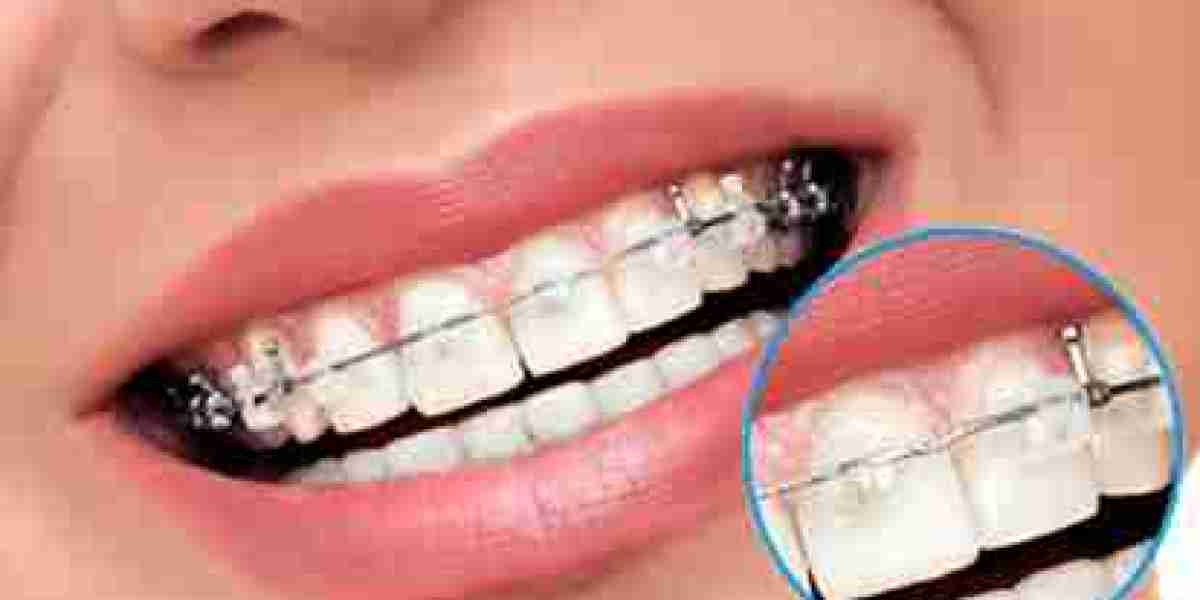One of the most important questions for new patients is, “How often do I need to wear aligners?” Whether you're using Invisalign or another clear aligner system, the success of your treatment depends heavily on how consistently you wear them. Aligners must be worn for the majority of the day to shift your teeth properly and stay on track with your Orthodontists in Dubai treatment plan.
Recommended Daily Wear Time:
Aligners are designed to be worn almost all day and night. Removing them too often can lead to slower progress and longer treatment times.
Wear aligners for 20 to 22 hours per day
Only remove them when eating, drinking (anything other than water), or brushing
Avoid taking them out for long periods, even during social events or photos
Consistency is key — skipping hours can delay results
Set reminders or alarms if you tend to forget to put them back in
Why Consistent Wear Matters?
Understanding how often you need to wear aligners highlights the role that consistent pressure plays in tooth movement. Aligners gradually move teeth into new positions by applying steady force.
Inconsistent wear interrupts the movement process, forcing teeth to relapse
Teeth require constant pressure to shift and stabilize in their new location
Not wearing aligners enough can extend your treatment by weeks or months
Poor compliance can result in additional refinement trays and added costs
Always follow your orthodontist’s instructions regarding wear schedule
Tips to Make Daily Wear Easier:
Wearing aligners 20–22 hours a day may sound difficult at first, but it becomes second nature with a few helpful strategies.
Establish a routine for meals and oral care to minimize unnecessary removals
Keep a carrying case with you to avoid losing them during meals
Drink only water while wearing aligners to avoid stains or damage
Clean aligners regularly to maintain comfort and hygiene
Use apps or timers that help you track daily wear time
What Happens If You Don’t Wear Aligners Enough?
Missing wear time occasionally might seem harmless, but repeated lapses can negatively impact your Orthodontists treatment and final outcome.
Teeth may shift back to their original positions
Aligners might feel tight or painful when reinserted after long gaps
Your current set may no longer fit, requiring a reset or restart
Missed time may increase the need for additional refinements
Your orthodontist may need to adjust the plan or extend treatment duration
Aligners and Lifestyle Flexibility:
While strict wear time is essential, clear aligners are still more flexible than traditional braces, making it easier to manage daily life.
You can remove aligners for important events, but replace them promptly
Easy to remove for eating and oral hygiene, which helps maintain dental health
Great for athletes and performers who need temporary flexibility
Less orthodontic emergencies compared to wires or brackets
Invisalign and similar brands are designed to work with your lifestyle, not against it




